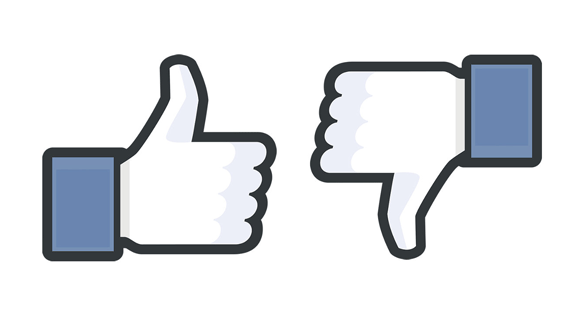Targeting behavior and measuring what’s working and not working are the secrets to launching a successful paid social media campaign, Social Media Strategy Consultant Brooke Anglés explained in the session “Paid Media: How are You Spending Your Media” at PromaxBDA Station Summit 2016 in Las Vegas on Thursday.
“The targeting — there is nothing that even comes close to it,” Anglés said about the advertising options available on Facebook and Instagram. “The level of specificity that can be achieved is unmatched.”
Anglés recommends using Facebook’s Power Editor to unlock the magic of testing and measuring campaigns.
“The benefits you get out of that are so much more sophisticated” compared to Facebook’s Boosting option, which she called “a crude tool.”
“I love being able to target on behavior and not just interest,” she said. From finding people who bought a house last year, to those that are high purchasers of diet sodas, marketers can use Power Editor to tell exactly how and when their audience is engaging with content, and use the metrics to continually test and make adjustments.
“Learn from what didn’t work,” she said. “That’s super important—knowing what to avoid for next time.”
Which comes to tracking analytics.
Finding Facebook’s Secret Sauce
“When we think about measurement it’s tough; it’s tricky,” Anglés said.
One key is understanding Facebook’s “secret sauce” for how the platform controls content based on its total value.
It comes down to your bid, estimated action rates, and relevance and quality, she said.
If something’s not working, “it’s your job as the advertiser to pick it apart,” Anglés said. “Did I lowball on the bid? Is my creative stinky? Am I just not hitting the mark in some other way?”
This formula is also heavily based on the objective of what marketers are trying to accomplish through a Facebook campaign. This can impact how the ad looks and functions, as well as back end reporting, so choose wisely.
“When you commit to it, you’re kind of locked into it the whole way through the campaign,” she said. “Stop and ask yourself, and be really crisp about what you’re trying to accomplish.”
Where and When to Post
Placement is another important element of a successful paid media campaign.
“Really think about mobile first,” Anglés said.
She recommends sending ads to your own mobile device first to test it out, and to look at in on multiple phones and platforms to make sure it’s correctly optimized. She also suggests starting off with a broad swatch of placements.
“I would say start with running the gamut,” she said. “See what works for you, and if you need to trim it next time, go for it.”
Instagram, which Facebook opened up to advertisers in 2015, is also a great channel that, with the Power Editor tools build it, easily becomes just one more placement platform.
“The fact you can do this so seamlessly as part of your Facebook advertising is amazing,” she said.
Keep in mind Instagram taps into people’s passions and inspirations.
“It’s a really cool place to explore because it’s not as crowded [as Facebook] yet,” she said.
Timing is also important.
Although Facebook is getting faster, launch the campaign at least a few hours before your promotion. If pushing something big start days in advance to build rhythm, anticipation and buzz, she said.
When it comes to deciding how much to spend on Facebook, there’s no universal answer. But, a good rule of thumb is to begin with a test, going in with a conservative $10,000 for a few weeks.
“At the end of the day, it’s OK to start with an assumption,” she said. “You don’t have to know everything. You just have to believe you’re starting at a place that doesn’t feel insane.”
Tags:













































__twocolumncontent.jpg)











